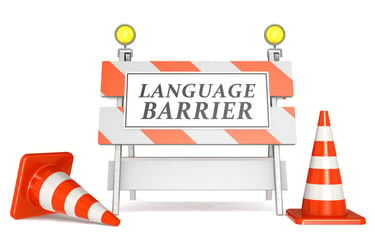

Immigrant Challenges in Health Care
Many immigrants currently face financial struggles and lack access to employer-sponsored insurance, relying instead on ACA Medicaid expansion. However, this coverage is becoming increasingly restrictive. Medicaid expansion decreasing, limited coverage scope, and work requirements are all common problems plaguing this system.
While healthcare providers are generally required to offer emergency care regardless of insurance status, the cost can be overwhelming for those without coverage.








Around 53% of immigrants face language barriers, and 31% report that this has directly affected their ability to access healthcare.
Immigrants with limited English proficiency (LEP) are twice as likely to be uninsured, 21% compared to 10% of non-LEP individuals, and are also twice as likely to report poor or fair health (28% vs. 14%).
Despite these disparities, emergency room usage remains relatively similar between LEP and non-LEP immigrants (74% vs. 80%).
Additionally, 55% of immigrant workers report experiencing discrimination in the workplace, which may further impact their access to employer-sponsored health coverage and quality care.
As of 2023, 50% of likely undocumented immigrant adults and 18% of lawfully present immigrant adults were uninsured, compared to just 6% of naturalized citizens and 8% of U.S.-born citizens.
This lack of coverage contributes to worsening health outcomes, including unmanaged chronic conditions and delayed care.
Approximately 60% of immigrants with limited English proficiency (LEP) are unaware of current U.S. immigration policies and remain uncertain about how public charge rules affect their ability to access public benefits like healthcare.
This lack of clarity can create fear and hesitation in seeking care, even when eligible, contributing to underutilization of services and worsening health outcomes within immigrant communities. Improved outreach and communication are essential to bridging this gap and ensuring access to vital healthcare resources.
